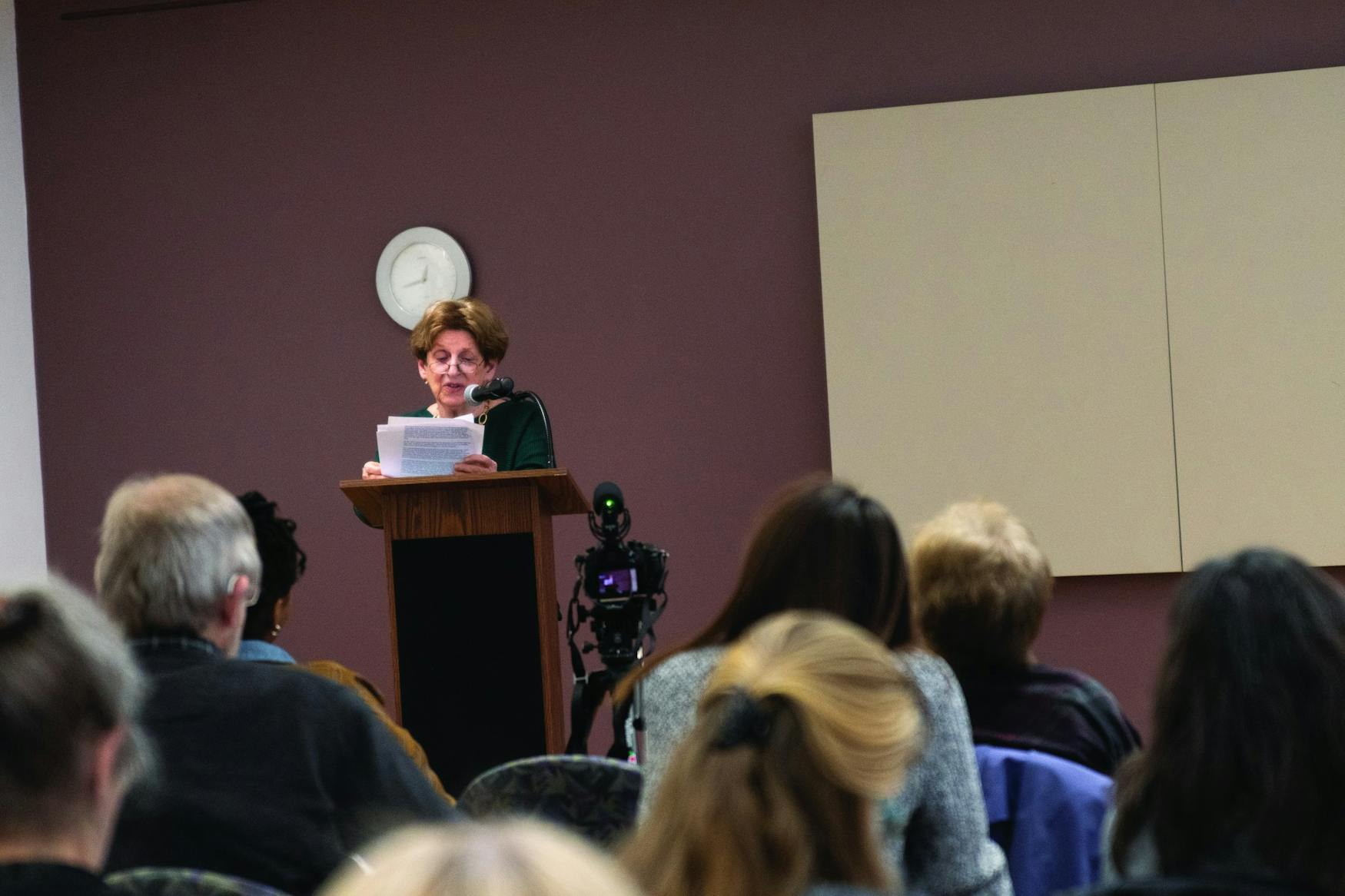Scholar presents sex education research findings
Dr. Pheobe K. Schnitzer and Makayla Richards ’20, discussed the shortfalls of sex education.
Women’s Studies Research Center Scholar Dr. Phoebe K. Schnitzer and her research assistant Makayla Richards ’20, delivered a presentation on Thursday about the state of sex education in the United States.
This presentation, entitled “Sex Education is a Feminist Issue: Student Survey Reveals Gender Differences,” described the results of a 2017 survey of college students’ experiences with sex education. Schnitzer and Richards both offered their analysis of the data from the survey and discussed their own opinions regarding sex education in the country.
Schnitzer explained that “sex education is a product of its time,” meaning that as trends and cultures change over time, so do people’s opinions on how sex education should be taught. When she was growing up, Schnitzer said, sex education was little more than a film on anatomy and menstruation shown in her school and some pamphlets that her mother gave her. As far as she recalled, the boys her age, at the time, had even less sex education.
However, Schnitzer said, things changed in the 1980s after too many unwanted pregnancies and infections due to a lack of sex education in schools. In 1981, Schnitzer said, the federal government began funding abstinence-only sex education programs, spending billions on these programs prior to and through 2018. The abstinence-only curriculum, she said, used scare tactics to prevent students from being sexually active, resulting in misinformation, unprotected sex and students feeling shameful. Its underlying idea was that women had to protect themselves from “men’s urges,” a sentiment that promoted gender stereotypes. This approach was replaced by comprehensive sex education programs, thuogh Schnitzer said that this curriculum still had flaws. For example, she said, the curriculum focused on “risks, dangers and the need for precaution” — still using scare tactics as a teaching tool.
Schnitzer analyzed the results of a survey originally created by Emily Appel ’15 that launched in 2017. According to the survey, on average, students had their first introduction to sex education at the age of 11. Most students had their first formal sex education course between eighth and 10th grade. However, Schnitzer said that respondents wished they’d had even earlier start to sex education in school. Moreover, she added, the majority of respondents were taught in a non-comprehensive fashion by an unqualified health teacher, gym teacher or coach, and their courses ranged from one week to one semester.
Instead of being taught prevention techniques, most respondents said they were shown graphic descriptions and images. Schnitzer also said students reported certain topics being “taught with extreme bias” and that teachers were often unresponsive to questions surrounding topics such as “abstinence, abortion, contraceptives and porn.”
Schnitzer said abstinence was the topic that students wanted to hear the least about. She said they instead wanted a “sex positive” and non-heteronormative curriculum, with many students wanting more LGBTQ+ inclusiveness. Furthermore, she said most students wanted a “variable education system” for their sex education programs, meaning some topics would be taught in a co-ed group and others would be taught separately.
Women were more likely than men to be “dissatisfied” with their sex education. Furthermore, Schnitzer said that women were more likely to report having had biased teachers who taught with the underlying idea that “sex is bad and women who have sex are dirty.” Men reported receiving less education overall, resulting in many turning toward pornography as a source of sex education.
Only 10 states mandate medical accuracy in sex education curriculums and only 10 states with mandated sex education “mention sexual assault, consent and healthy relationships,” Schnitzer said. However, she said that this year there has been an increase in sex education bills that promote “LGBTQ+ inclusive instruction” and consent. Nonetheless, Schnitzer said she believes that there will need to be a “generation turn over” to bring about real change to sex education.
Richards delivered the second part of the presentation. She began by saying, “Sex is not a common or comfortable topic of discussion in the home, nor is it really in the classroom or in relationships,” and explained that many students felt “unprepared and confused about what was true or realistic about sex.” She explained that sex education plays a role in students’ understandings of themselves and others. Richards then said that misunderstanding bodies and relationships is a result of oppression due to a “cis[gender] and hetero[sexual] patriarchy, white supremacy and racism.”
Richards discussed the idea of “body literacy,” or “the intimate knowing of one’s own body as well as a general understanding of the various types of bodies you may interact with in any sort of relationship.” Richards added that people experience sexual and romantic attraction in different ways, noting the validity of both asexuality and aromanticism. She said that sexuality and gender-identity spectrums should be better acknowledged in sex education.
Richards concluded the presentation by saying that statistics show that people will continue to be sexually active with or without proper sex education, emphasizing the importance of a curriculum that would provide “access to language for bodily experiences, desires and concerns.” Richards said she believes that “body literacy could also provide the framework for dismantling some of society’s most violent gender stereotypes. … This could shift multiple generations’ understanding of autonomy and harm.”



Please note All comments are eligible for publication in The Justice.